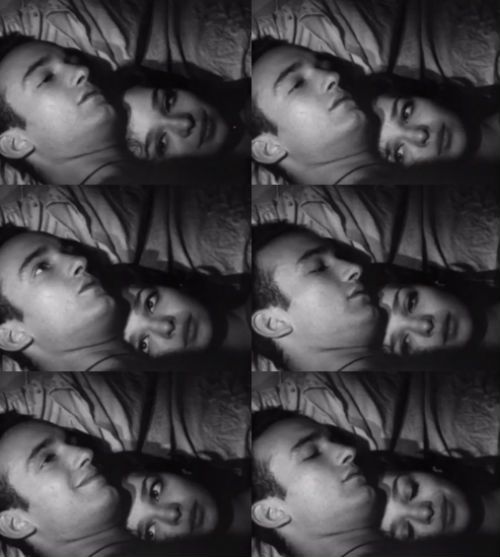
The Cutting Edge: The Magic of Movie Editing is a variegated instructional documentary about the history of film editing. Shot chronologically, with accompanying clips for clarification, Fragmenting Time and Space, The Digital Revolution Within the Frame and additional titles were interspersed alongside well-known directors, actors, and editors to help tell the story.
The actual process of editing is also shown and explained by Alan Heim, editor of Bob Fosse’s All That Jazz (1979) and Lenny (1974) and others, in illustrative detail. One of the most fascinating parts of the documentary is how the historical film The Great Train Robbery (1978), edited by Edwin Porter, later influenced Sally Menke, editor of Quentin Tarentino’s Reservoir Dogs (1992) and Pulp Fiction (1994) and Craig McKay, editor of The Silence of the Lambs (1991). Full of memorable quotes about editing and editors, most notably, “For a writer, editing is a word, for a musician a note, and for a filmmaker a frame,” by Quentin Tarentino, the goal to gain recognition for the field and understanding for the process was successfully achieved within the span of the documentary.
“For a writer, editing is a word, for a musician a note, and for a filmmaker a frame.”
Quentin Tarentino

From the Edwin Porter section of The Cutting Edge, I learned how Close-ups, Flashbacks and Parallel Cuts were used in D.W. Griffith’s The Birth of a Nation (1915) to show emotion and drama. By thoroughly making the cuts seamless he let the story flow to touch the viewer. “At the time,” it said in the documentary, “It was controversial to project Extreme Close-ups because they might be too grotesque for the audience who wouldn’t understand them aesthetically.”
Wisely ignoring this criticism, Porter used them to great effect and created performances that were both memorable and timeless. The realistic documentary style of the Russian film, Man with a Movie Camera (1929) taught me about “the power of montage and juxtaposition” by featuring “real life” with all of its imperfections and surprises.
This style reminded me of the Cinema Verite editing of movies like John Cassavetes’ Shadows (1959) where part of the performances are improvisational. Lastly, I learned about the contemporary editing style of Fast-Cutting used in Top Gun (1986) and other post-MTV generation movies. Controversial, due to its lickety-split process, Martin Scorsese voiced concern about it by saying, “I’m afraid of what it does to the culture. By making everything move so quickly, life becomes immediately disposable.”
“I’m afraid of what it does to the culture. By making everything move so quickly, life becomes immediately disposable.”
Martin Scorsese
Upon viewing The Cutting Edge: The Magic of Movie Editing I came away with such a complete education and appreciation for editors that I’ll never look at a movie, TV show or commercial the same way again.
